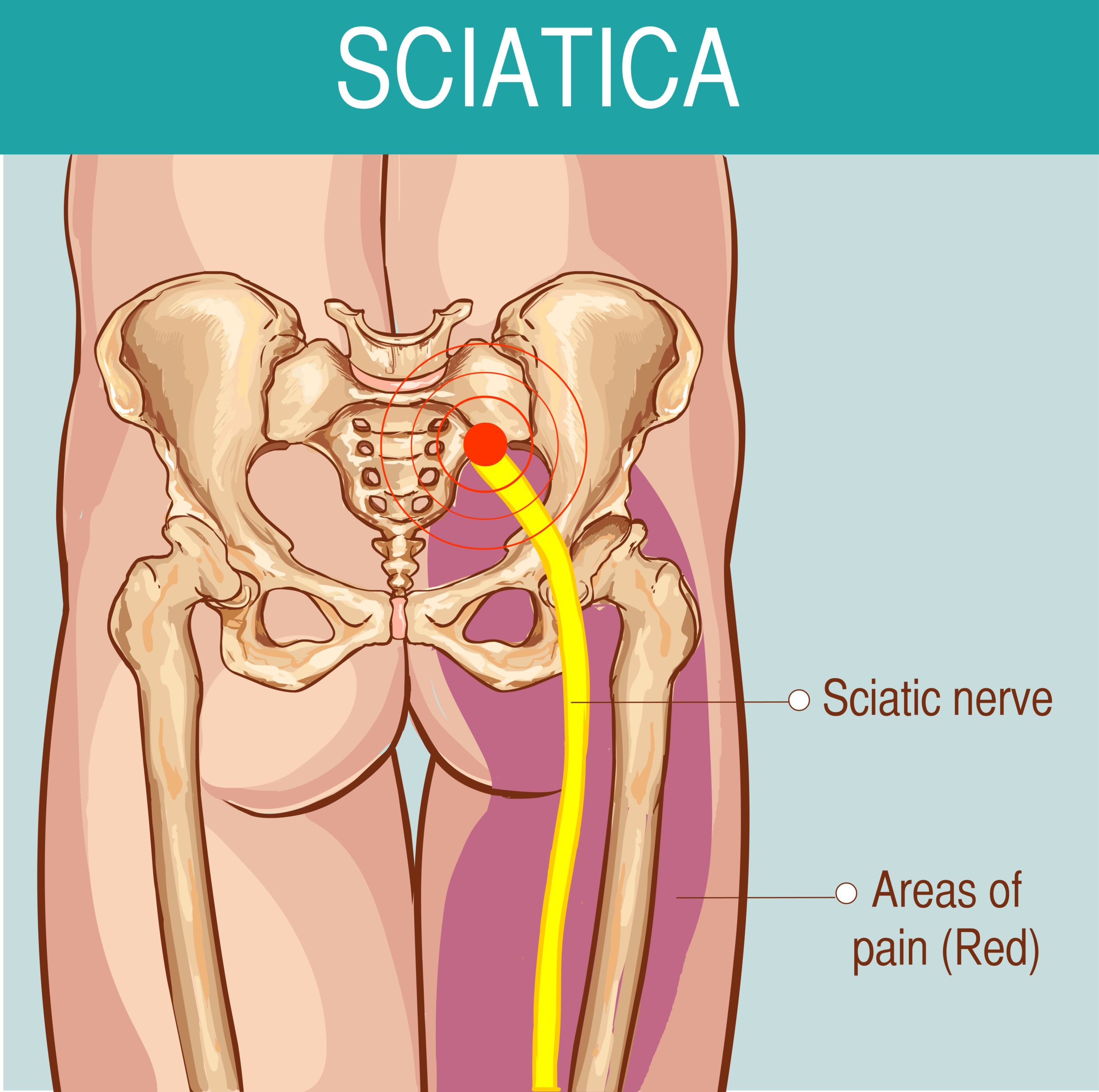Sciatica, also known as lumbar radiculopathy, is a common condition that causes pain, numbness, and tingling along the sciatic nerve, which runs from the lower back down the back of each leg. The pain associated with sciatica can be debilitating and greatly impact one's quality of life. Fortunately, there are various treatment options available to help manage and alleviate the symptoms of sciatica. In this comprehensive guide, we will explore the different treatment and management strategies for sciatica.
Symptoms of Sciatica
Common symptoms of sciatica include:
- Sharp, shooting pain that radiates from the lower back down to the leg
- Numbness or weakness in the leg or foot
- Tingling sensation in the leg or foot
- Burning or searing pain in the affected leg
Diagnosis of Sciatica
To diagnose sciatica, healthcare providers may:
- Perform a physical examination to assess your symptoms and range of motion
- Order imaging tests such as an X-ray, MRI, or CT scan to visualize the spine and look for any underlying issues such as a herniated disc or spinal stenosis
- Conduct nerve conduction studies to evaluate the function of the sciatic nerve
Treatment Options for Sciatica
There are several treatment options available for sciatica, including:
- Medications: Over-the-counter pain relievers such as ibuprofen or naproxen can help reduce pain and inflammation. In some cases, prescription medications such as muscle relaxants or corticosteroids may be prescribed.
- Physical Therapy: Performing specific exercises and stretches can help improve flexibility, strengthen the muscles supporting the spine, and reduce pain associated with sciatica.
- Injections: Epidural steroid injections can help reduce inflammation and alleviate pain in the affected area of the spine.
- Chiropractic Care: Spinal adjustments and manipulations performed by a chiropractor can help relieve pressure on the sciatic nerve and improve symptoms.
- Acupuncture: This ancient Chinese therapy involves inserting thin needles into specific points on the body to help alleviate pain and improve overall well-being.
Lifestyle Modifications for Managing Sciatica
In addition to medical treatment, making certain lifestyle modifications can also help manage sciatica. These include:
- Regular Exercise: Engaging in low-impact exercises such as swimming, walking, or yoga can help strengthen the muscles supporting the spine and improve flexibility.
- Proper Posture: Maintaining good posture while sitting, standing, and lifting objects can help reduce strain on the spine and alleviate sciatica symptoms.
- Healthy Diet: Eating a balanced diet rich in fruits, vegetables, and lean proteins can help reduce inflammation and promote overall spinal health.
- Weight Management: Maintaining a healthy weight can help reduce pressure on the spine and decrease the risk of exacerbating sciatica symptoms.
Surgical Options for Severe Cases
If conservative treatments fail to provide relief or if the symptoms of sciatica are severe, surgical intervention may be considered. Surgical options for sciatica include:
- Discectomy: A procedure to remove the portion of the herniated disc that is pressing on the sciatic nerve.
- Laminectomy: A surgery to remove the lamina or bony arch of the vertebra to relieve pressure on the nerve roots.
- Spinal Fusion: A procedure to fuse two or more vertebrae together to stabilize the spine and alleviate pain.
Preventing Recurrence of Sciatica
To prevent the recurrence of sciatica, individuals can take the following steps:
- Practice good posture and body mechanics to avoid strain on the spine
- Maintain a healthy weight through diet and exercise
- Stay active and incorporate regular stretching and strengthening exercises into your routine
- Listen to your body and avoid activities that exacerbate sciatica symptoms
By following these treatment and management strategies, individuals suffering from sciatica can experience relief from pain and improve their overall quality of life. It is essential to work closely with healthcare providers to develop a personalized treatment plan that addresses the specific needs and concerns of each individual.


Leave a Reply
You must be logged in to post a comment.